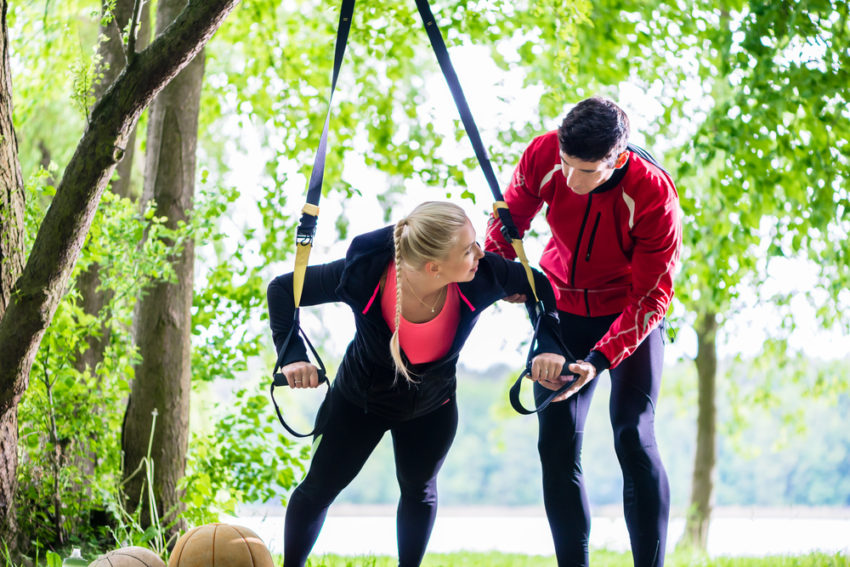Warm weather is a strong motivator for many to start exercising in the fresh air, especially after a cold winter. Whether jogging, cycling, swimming, playing football or basketball – many different types of activities lure the crowds out into the open.
However, don’t just exercise outside when it is warm and the sun is shining! At lower and higher temperatures weight drops off more effectively, increasing the success of your workout! Here’s all you need to know about how the weather affects your fitness routine.
Rain or shine
Rain ensures that the air is clean and that pollen and dust are removed, making breathing for those with allergies easier. Rainfall is often a welcomed way of cooling down, especially during hot summer days. However, in the event of heavy rain it is possible that shoes and clothes become soaked as soon as you step outside. This can, and does, lead to “summer colds” and/or the formation of blisters. Furthermore, risk of injuries and falls increase due to slippery surfaces caused by wet weather. When the sun is shinning, there is nothing to prevent a relaxed and successful workout session. Allergy sufferers however have to prepare themselves during the pollen season, and everyone should not underestimate the danger of sunburn during long, hot and sunny exercise sessions.
Hot or cold?
During hot temperatures the body wants to cools down and thus sweats more. When it’s cold the body must heat the inhaled air and the air around the body, both consuming additional calories. You can actually notice this process as you can physically feel your body becoming fatigued far more quickly during extreme sports in cold temperatures. This means that you can burn a similar amount of calories with a shorter workout, or burn more calories with the same exercises.
Nevertheless, very hot weather is almost never ideal for exercising. Because of the high temperatures the body loses a lot of water during a fitness session, which must be compensated by drinking plenty of fluids. However, the body loses not only liquid when it sweats, but also minerals such as magnesium and iron. Circulation problems and heat strokes are also real dangers, caution is recommended!
During cold weather, the body has to work harder to stay warm. This burns more calories than in hot weather. However, when the temperatures are very low the risk of hypothermia (= subcooling) increases.
Depending on the intensity of the workout, temperatures between 10 and 20 degrees Celsius seem to be ideal for outdoor exercise performance.
Wet or dry?
High humidity increases the difficulty for the body to cool itself, due to slower evaporation of sweat. You might also have to consume more liquid, which can have a negative impact on your workout performance. High humidity in combination with moderate temperatures makes it much warmer than it really is. In the vicinity of large bodies of water, as well as immediately after rainfall, humidity levels are particularly high.
You can be sure of what weather to expect during your workout and prepare yourself accordingly with our Morecast app. Have fun!
P.S. don’t forget to use the route weather feature when planning your run / cycle route!
